During our stay in Northern Thailand just outside Chiang Mai, we found a very satisfactory happiness in the peaceful “lost city” of Wiang Kum Kam.
This post contains affiliate links and/or references to our advertisers. We may receive compensation when you click on or make a purchase using these links.
Having visited Isaan, Bangkok, the southern islands, and beach resorts, Northern Thailand was next. We were looking for a spot where there might not be as many Western expats. And so, the Universe delivered us to a place where Westerners are seen only briefly, if at all: the “lost city” of Wiang Kum Kam.

Ruins of the lost city of Wiang Kum Kam
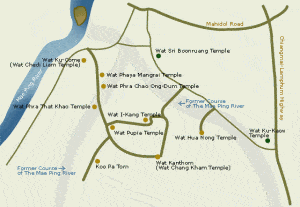
The lost city of Wiang Kum Kam
Initially, we weren’t particularly keen on Chiang Mai. Thailand’s second largest city in the north is definitely inexpensive and more manageable in size than Bangkok. These aspects make Chiang Mai simultaneously a draw and a cliche with bloggers and other digital entrepreneurs. Holing up in CM for lengthy periods, they bootstrap online businesses using shared workplace arrangements, and if self-described accounts are to be believed, engage in extreme partying. We wanted no part of that scene.
On the plus side, we were going to be in Chiang Mai for Loy Krathong, the Festival of Light, a world-renowned celebration which culminates in thousands of lanterns being released into the night sky. This was a happy accident, a bucket list item for many. The upshot: it was tough to find a hotel room in Chiang Mai during this crowded holiday. Then an option south of the city kept popping up. It was located in what was referred to as the “lost city” of Wiang Kum Kam.
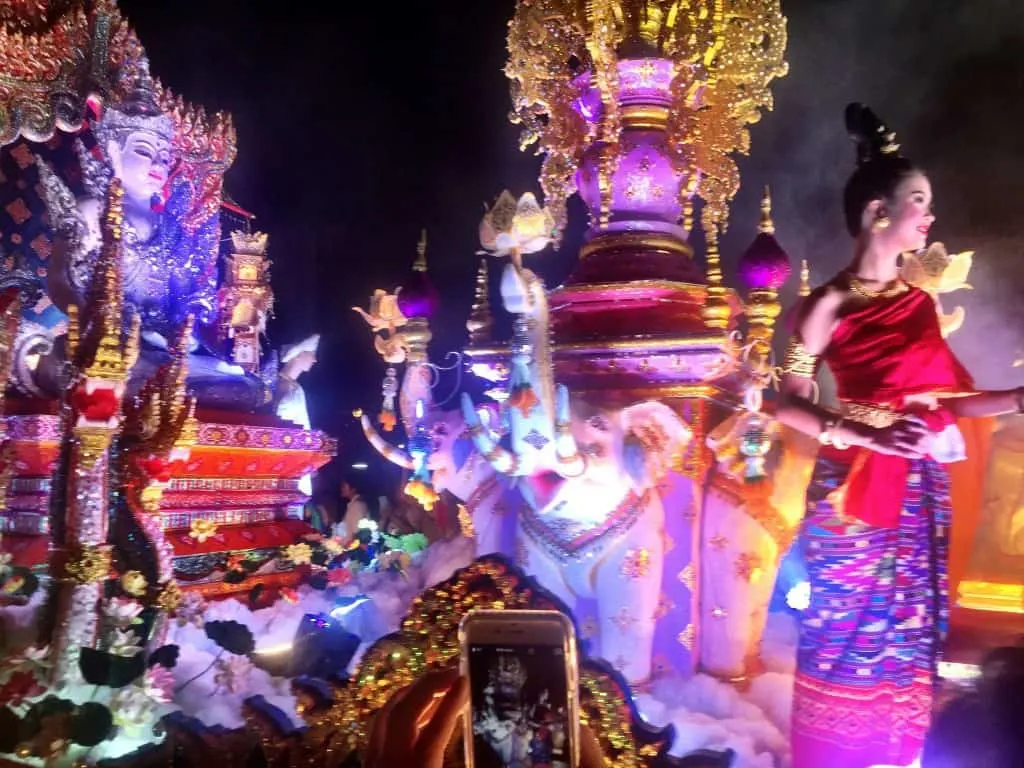
Loy Krathong Parade, Chiang Mai 2015

Map of Chiang Mai. Photo Credit: Seatoursthai
The more we heard about the lost city, the more we were intrigued. Wiang Kum Kam lies about 5 km south of the center of today’s Chiang Mai, between the Inner and Middle Ring Roads, across the River Ping. For almost 500 years, it had lain buried under silt from regular flooding, hidden by dense jungle vegetation. Even residents of the community formed around Wat Chang Kam, a temple constructed in the 19th century, didn’t realize their neighborhood held a city obscured.
In the 10th century, this part of Thailand belonged to the Hariphunchai empire whose seat was located near the modern town of Lamphun. The Hariphunchai kingdom was conquered by Lanna King Mangrai who relocated the capital to Wiang Kum Kam, beginning its construction around 1294. Early on, this decision was ill-fated. The site was prone to regular flooding.
When a particularly severe flood changed the course of the Ping, Wiang Kum Kan, which had been located on one side of the river, found itself on the other. King Mangrai decided his capital would be better suited in what is now Chiang Mai. While Wiang Kum Kam still thrived throughout the Lanna years, it declined after the Burmese conquered Chiang Mai in 1558 and was subsequently abandoned.
- Map of SE Asia 1000-1100 CE, showing Khmer Empire in red, Lavo kingdom/Dvaravati in light blue, Haripunjaya in green, Champa in yellow, Dai Viet in blue, Kingdom of Pagan in pink and surrounding states. By Javierfv1212 (Own work) [CC0], via Wikimedia Commons
- Map of SE Asia 1300 CE, showing Khmer Empire in red, Lavo kingdom/Dvaravati in light blue, Sukhothai empire in orange, Champa in yellow, Dai Viet in blue, Kingdom of Lanna in purple and surrounding states. By Javierfv1212 (Own work) [CC0], via Wikimedia Commons
Rediscovered in 1984 when authorities were informed that ancient tablets had been found at Wat Chang Kam, Wiang Kum Kam was slowly uncovered. Archeological experts, working over the next decade within the ancient city’s walls, found over 30 separate historical sites. These discoveries included proof the area had been settled as far back as the 8th century. Today, the historic aspects of Wiang Kum Kam are juxtaposed within contemporary Chang Kam’s small businesses, restaurants and residences. It’s a quiet place, walled in at its perimeter for the most part, where you’re as likely to hear the clip-clop of a carriage horse as you are a motorbike.
On the days we visited Chiang Mai for the Loy Krathong holiday celebrations, we were grateful to quickly return by tuk-tuk to a more leisurely pace. Escaping the chaos in favor of quiet tranquility takes only a few minutes.
There are two worlds: the world of the tourist and the world of everyone else. Often they’re side by side. But the tourist doesn’t actually see how people live. – Paul Theroux
Staying put in a location allows us to catch up on work projects and factor in unscripted time.
- At work
- At pool
Several times during our stay, we explored Wiang Kum Kam using the hotel’s bicycles. Daily life here occurs amid the vestiges of a rich religious history. Every few minutes on the bike yielded archeological treasure, ranging in size from low brick foundations to fantastically preserved temple structures.
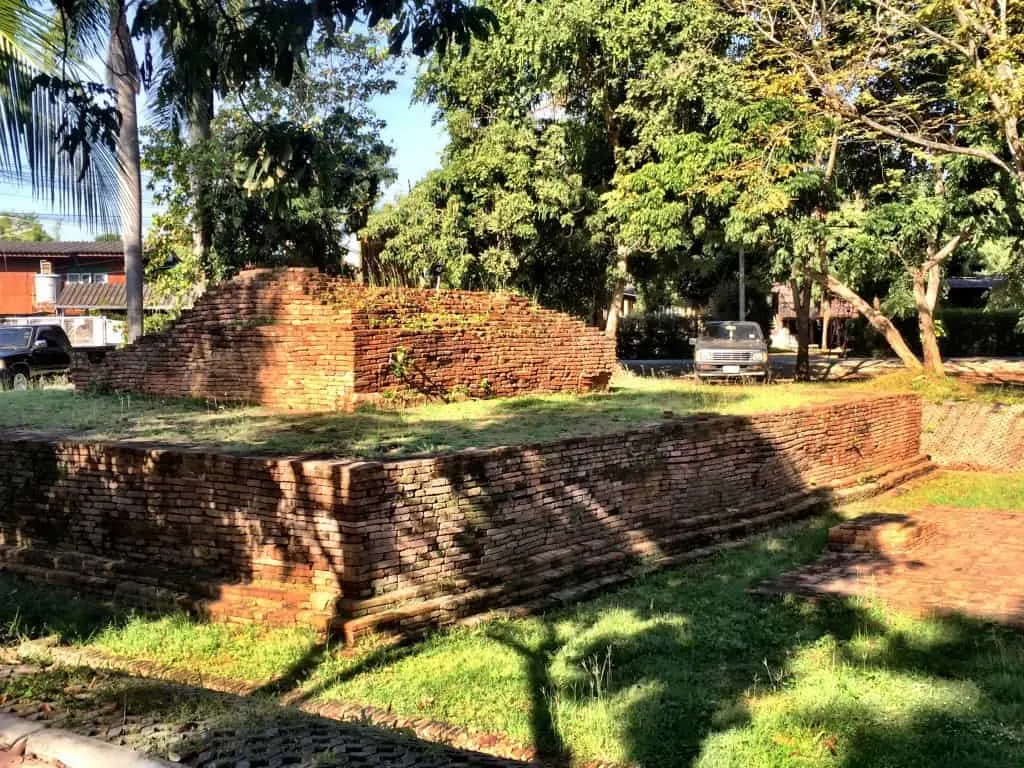
Next to our hotel was a bedecked, carved shrine to the memory of elephants who were trained on the grounds surrounding this tree:
We could quench our thirst with a dipper of cool water at vintage stations outside many a home, or even from a tiny glass left out in case a passerby might be in need. This is a cornerstone of traditional Lanna hospitality: kindness to neighbors and strangers alike.
Individual houses wore welcoming decorations and the occasional sign would point our way:
Wat Chedi Liam was built around 1287 during the Hariphunchai years, and was used during the early years of the Lanna empire. In 1908, the buildings were part of a renovation done by a Burmese trader, and reflect the Burmese style. The artisans who adorned this temple worked with stunning devotion. The buildings literally glitter from thousands of mirrored squares and jewel-like adornments. Other renovations were made in 1992. This is a thriving temple with a weekend market and other activities.

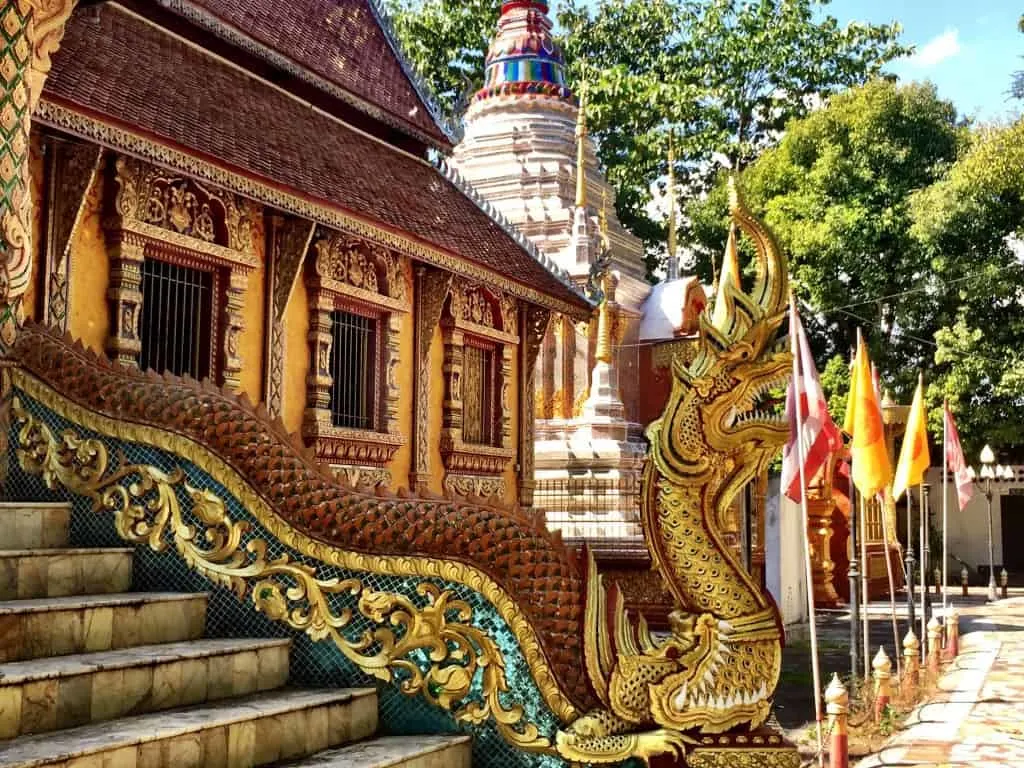

Wat Chang Kam, which means “elephants carrying” (also known as Wat Kan Thom after its builder) was built by King Mangrai around 1290. Other parts of the structure date to the 15th and 16th centuries.
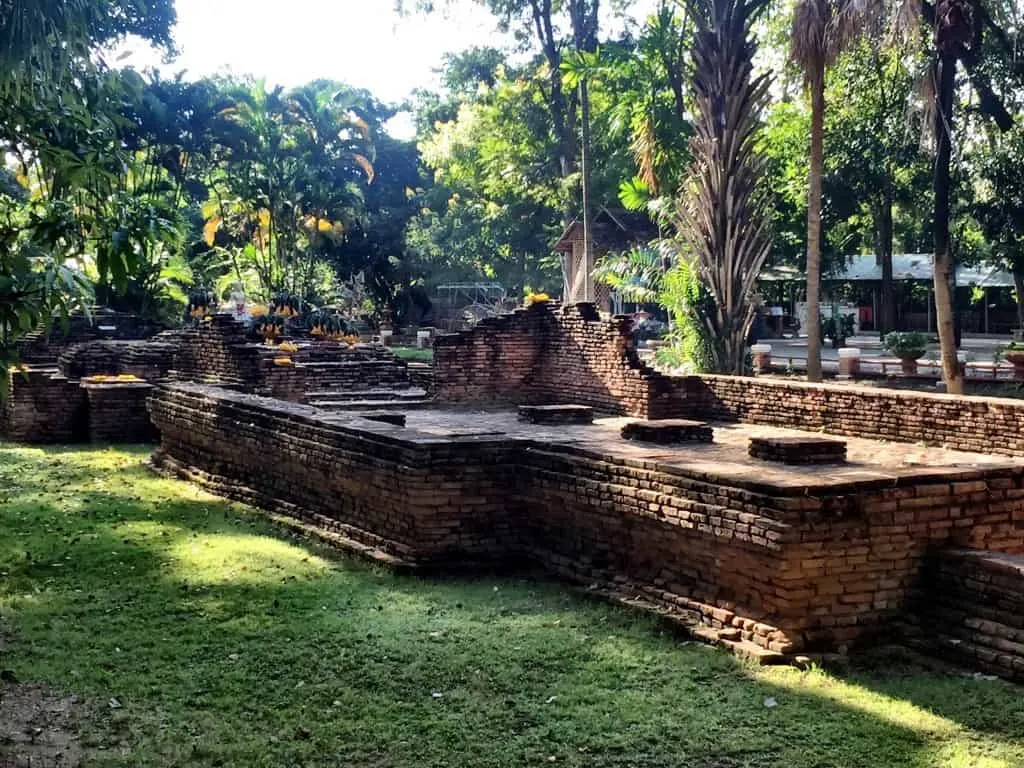
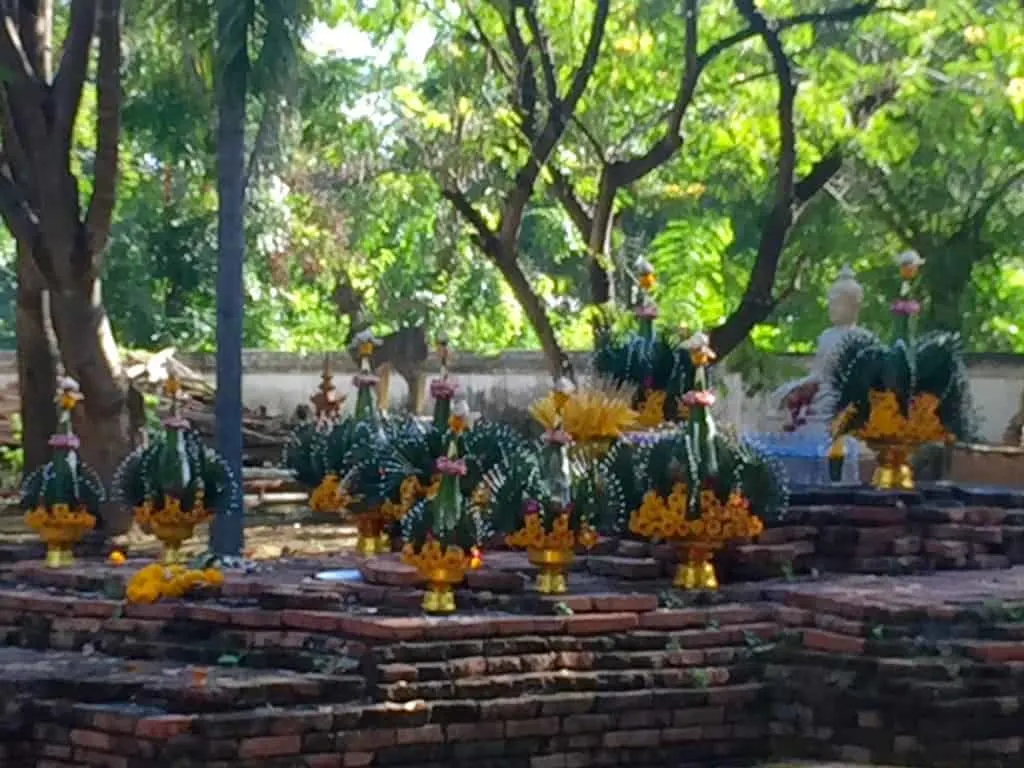
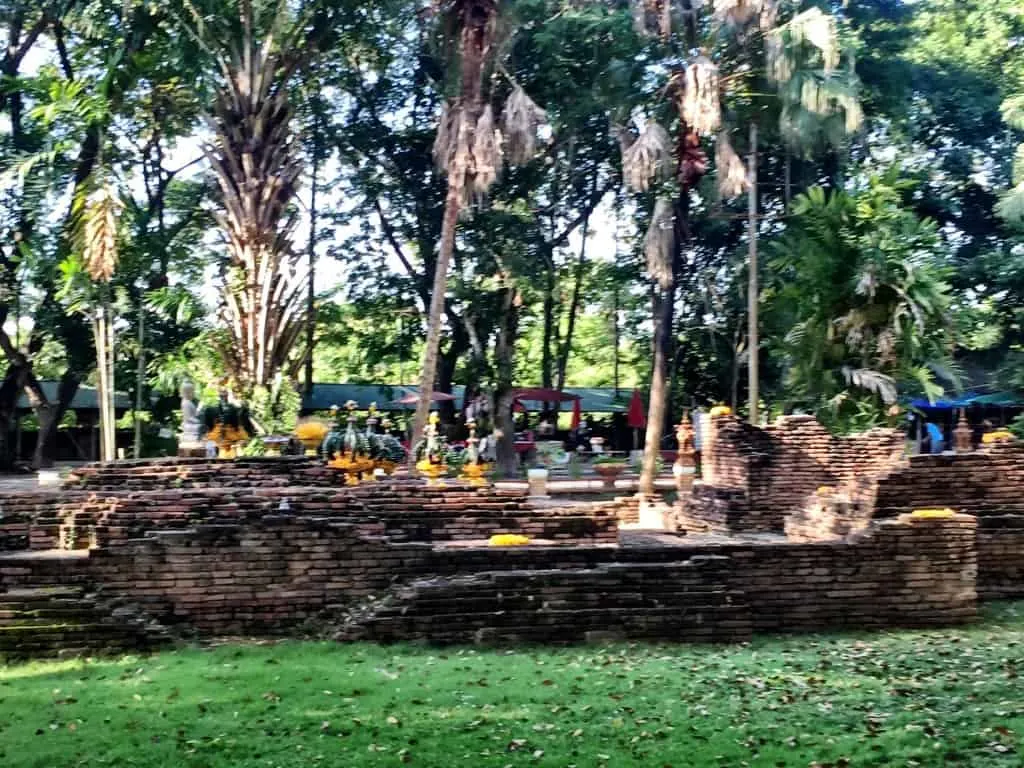
More modern buildings in the temple complex are believed to have been built by the same Burmese benefactor who built Wat Chedi Liam.
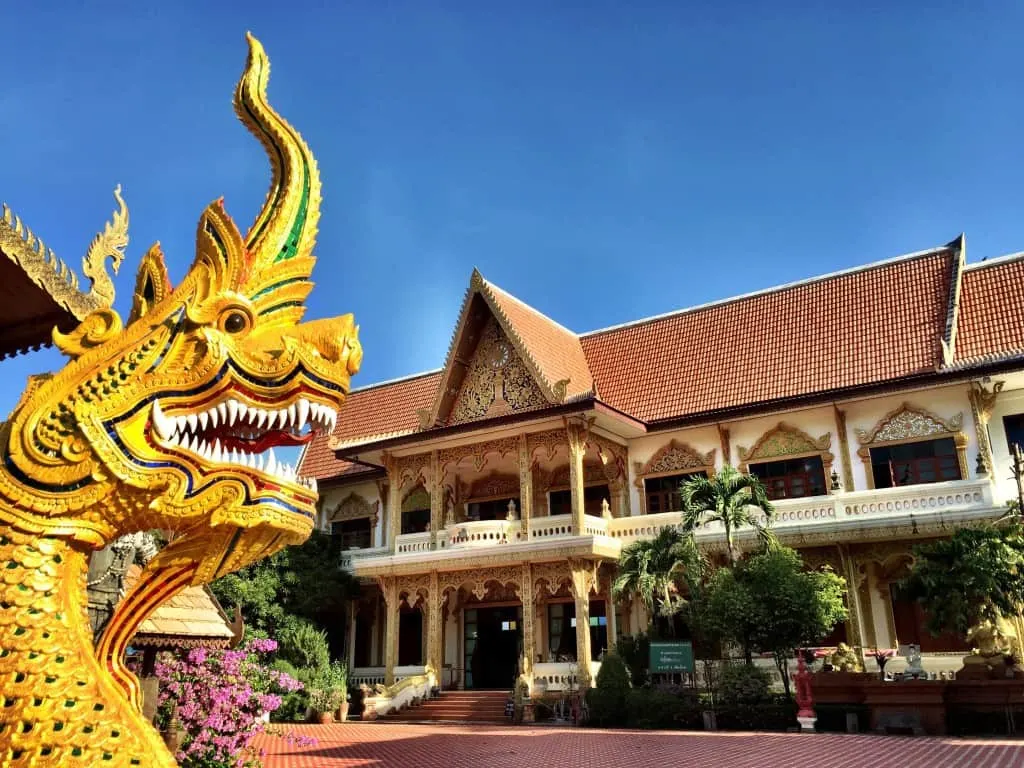
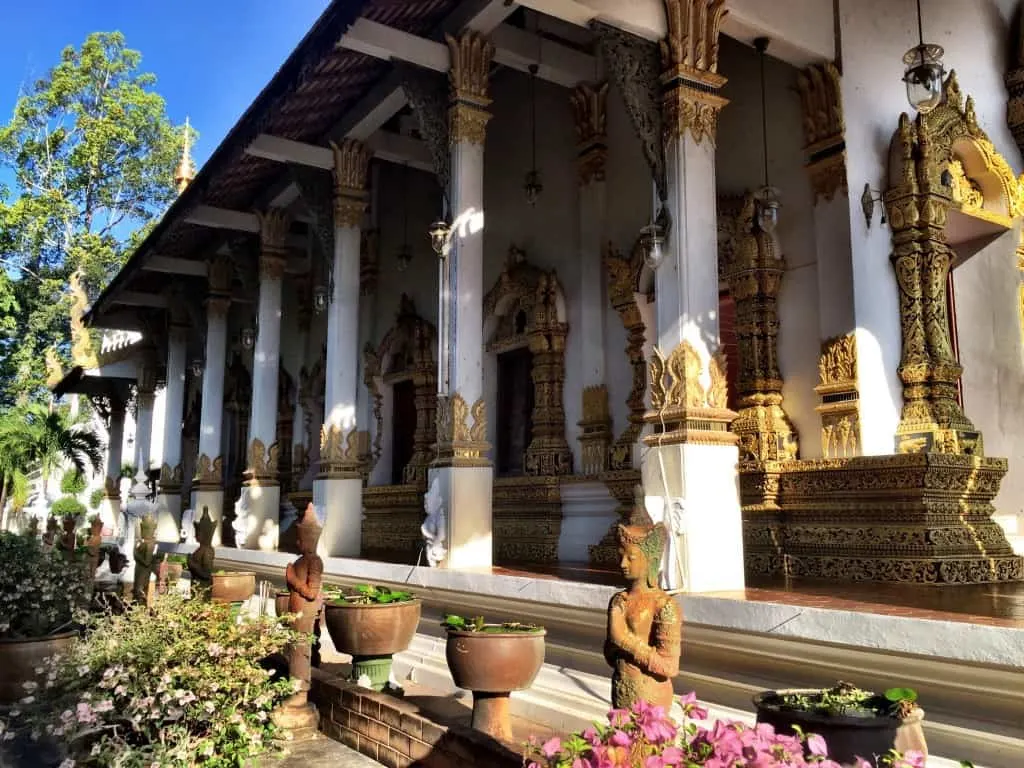
This temple features crouching elephants from which it derives its popular name. Sandstone plates were found here with three different alphabets dating between 1207 and 1397. This temple is located directly across from our hotel.
We received the best massage out of many in Thailand (and the most inexpensive – two hours for less than $10USD) here in Wiang Kum Kam, delivered on an elevated open-air platform by experienced ladies at Chang Kam temple. A tip: when you’re looking for Thai massage, you want a lady of a certain age to give it to you. Save the sweet young masseuses for folks who don’t know any better. These ladies are masters of their art. Proceeds go to the temple.
We’d stop to eat at tiny mom and pop restaurants or food stalls outside the temple.
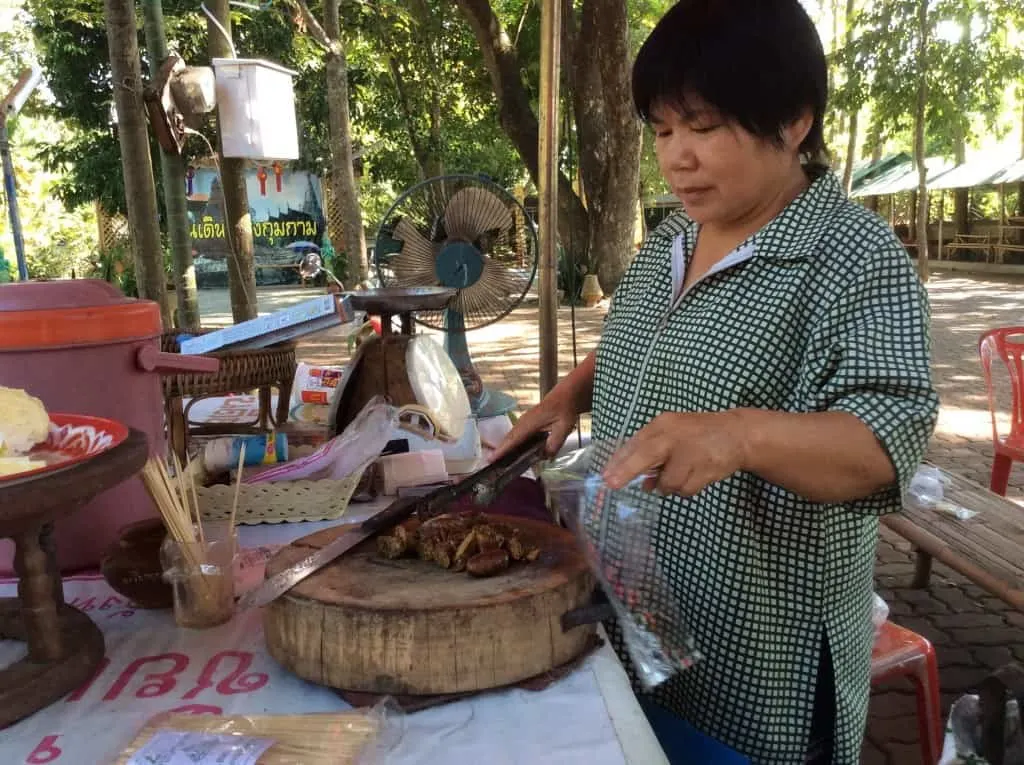
Each day, the outside world beyond Wiang Kum Kam receded. Disturbing news of war and global terror threats couldn’t penetrate its invisible barrier. Though there has not always been peace on this land, and though we were to find remnants of war and destruction not far away, this moment in time was calming and optimistic. Even bustling Chiang Mai seemed perceptually distant.
I felt a taste of that other kind of contentment that doesn’t come from acquiring information or getting praise or building a resume, the kind that is just there, like a hidden pearl. – Jaimal Yogis, Saltwater Buddha: A Surfer’s Quest to Find Zen on the Sea
In the night before we closed our eyes in Wiang Kum Kam, we could happily think of waking the next morning and then drift asleep carefree. In the morning roosters would crow, light would filter through the balcony’s bamboo screen, and the monks across the street would chant, their incense wafting, bathing everything in sacred fragrance.
We felt part of this different world of temple ruins and simple living, knowing the day would arrive and begin exactly as it always did. The morning’s first coffee in our room would be accompanied by the sounds of breakfast preparations from the kitchen and happy chatter of the little boy downstairs. “Good morning!” he would call out in English whenever he saw us, no matter if it were noon or night. “Good morning!” meant he was leaving for school with his grandmother, chasing his puppy, or dancing before bed. And good morning it was, all day, every day.
Our stay would go on to pass in a rhythm of serenity. This was a very satisfactory happiness.
Stopping at the temple to deliver a gift of fruit on our last day in Thailand, we were beckoned by an oranged-robed monk to sit with him in prayer. Such a blessed honor, entirely unexpected, yet another signal, no matter that we couldn’t understand his intonations. The lost city is very much alive in everyone who is fortunate to stay, no matter how long, in Wiang Kum Kam.
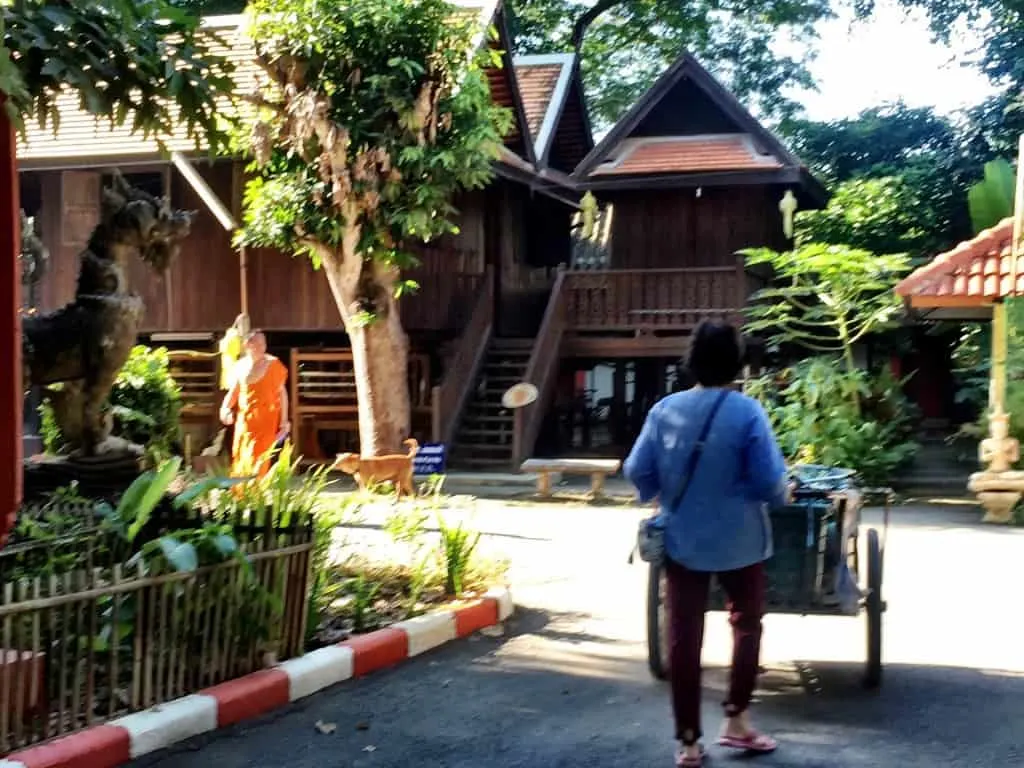
Tips and Information: Our headquarters, the hotel De Wiangkumkam, is a family-owned and operated boutique guesthouse with 9 air-conditioned rooms, each with their own balcony or patio. Prices are low by western standards, including breakfast and complimentary airport transfer. Free transportation is available into Chiang Mai at your request. Your tuk tuk back will cost about 100THB (a little over $3USD). The hotel can also arrange excursions to local attractions outside Chiang Mai via tuk tuk or other transport.
Find and read reviews of De Wiangkumkam hotel.
Book a stay:

Our luxurious bedroom
The hotel’s decor is eclectic with typical Northern Thai rustic elements, colorful accents, and comfortable spaces.
- Vintage beauty in a corner
- Upstairs verandah outside our door
Our deluxe upstairs room’s large, private balcony made a perfect place to set up shop. We were so comfortable here that we extended our stay by several days.
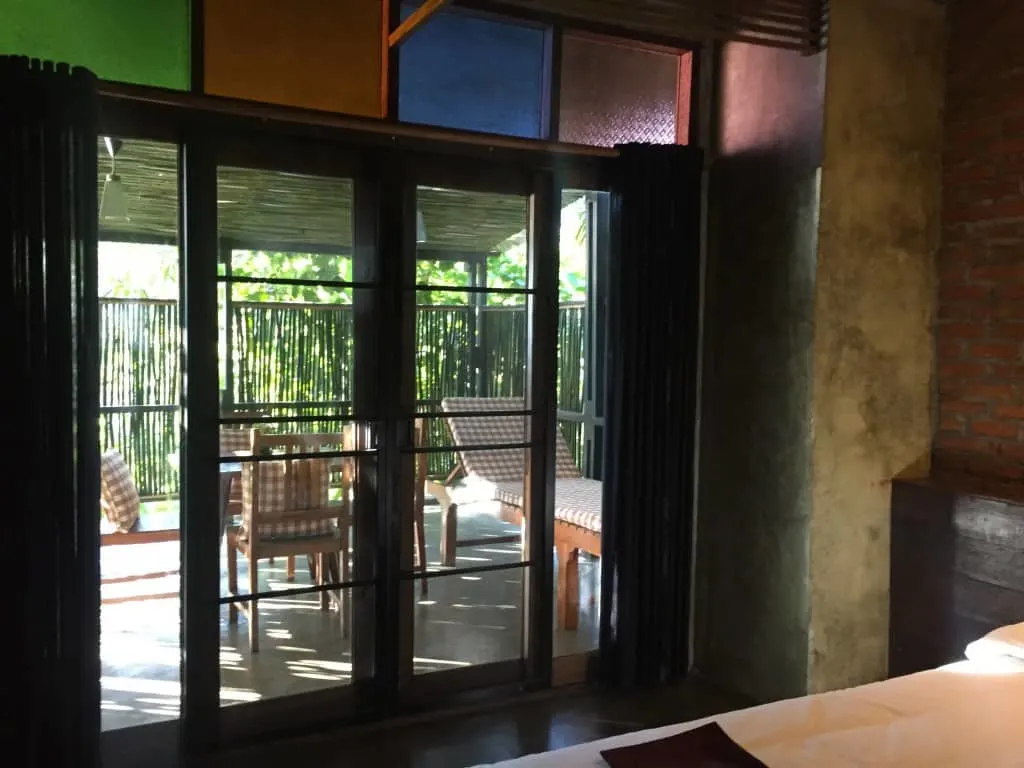
Our private balcony made the perfect office
De Wiangkumkam serves complimentary breakfast, Thai or Western style, in its onsite restaurant. Lunch and dinner are available, too.
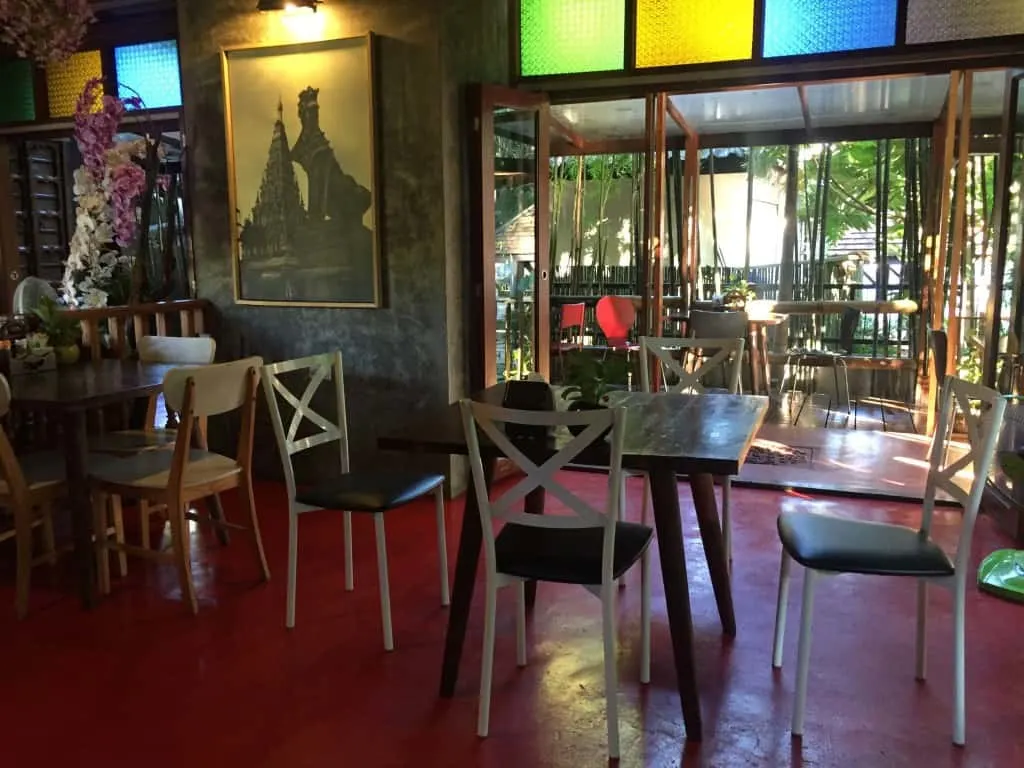
The open air restaurant at De Wiangkumkam
We were welcomed into the gregarious Thai family at De Wiangkumkam and might have even shed a tear at the lovely send-off they gave us.
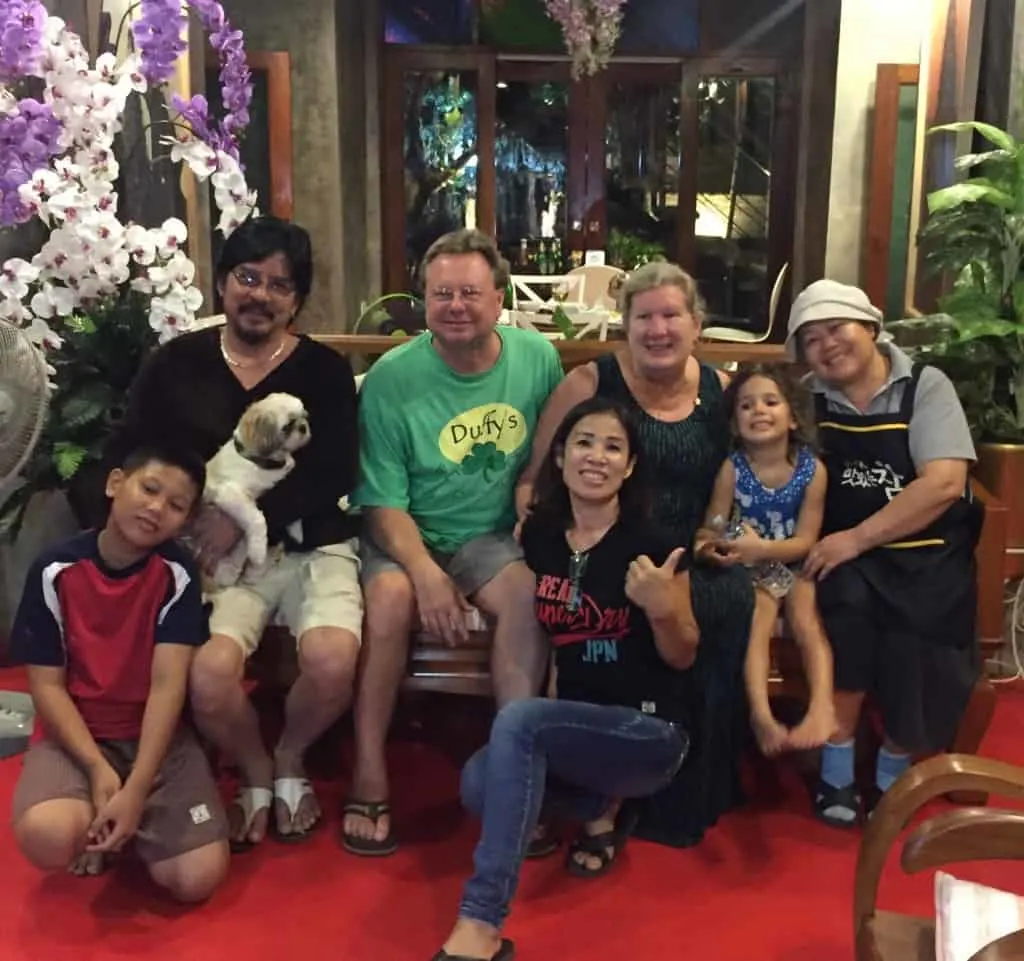
From the Wiang Kum Kam Information Center, Wat Chedi Liam or Wat Chang Kam, you may tour Wiang Kum Kam by horse-drawn carriage (200THB), tram (from 250THB per vehicle), or rent a bike for 20THB. The Museum at the Information Center has a 10THB admission fee.
Pinnable Images:
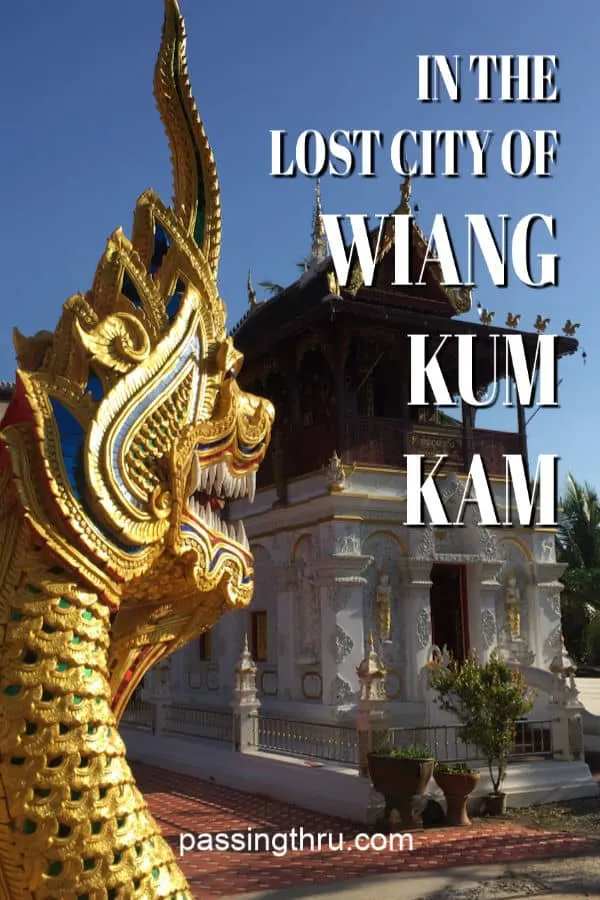
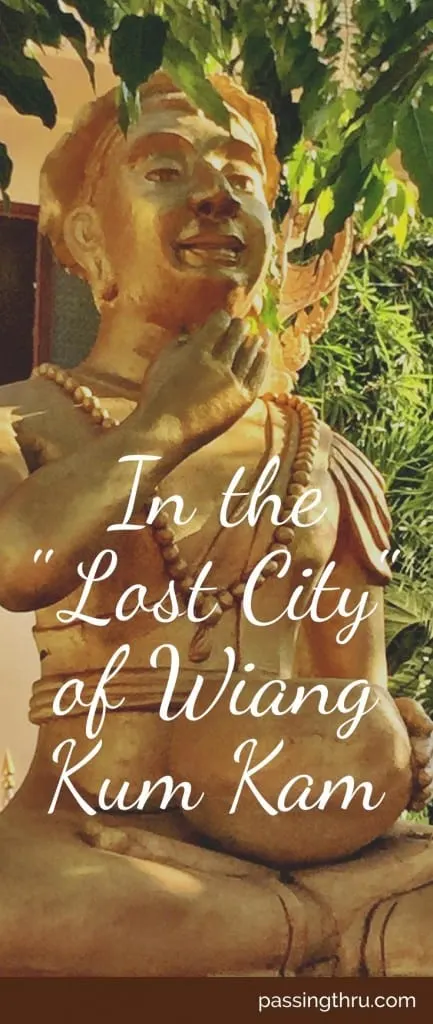
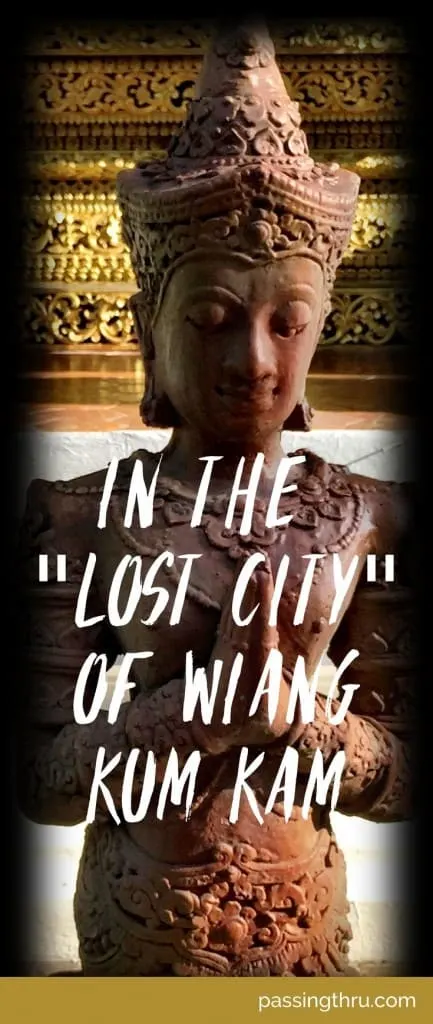
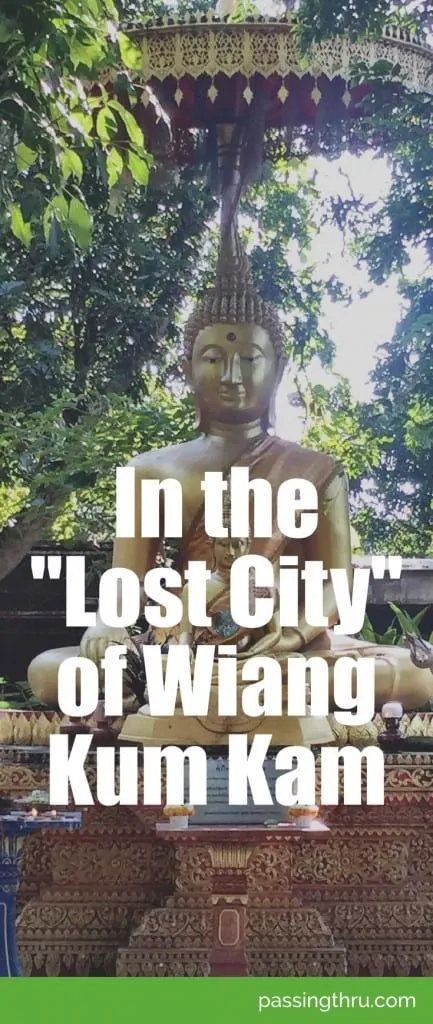
Disclosure: Our final dinner at De Wiangkumkam was compliments of the house. All other expenses were on our dime. Please note there are affiliate links in this post. Should you make a purchase or a booking using our link, we’ll earn a small commission which will not affect the price you pay.
Tips for Trip Success
Book Your Flight
Find an inexpensive flight by using Kayak, a favorite of ours because it regularly returns less expensive flight options from a variety of airlines.
Book Your Hotel or Special Accommodation
We are big fans of Booking.com. We like their review system and photos. If we want to see more reviews and additional booking options, we go to Expedia.
You Need Travel Insurance!
Good travel insurance means having total peace of mind. Travel insurance protects you when your medical insurance often will not and better than what you get from your credit card. It will provide comprehensive coverage should you need medical treatment or return to the United States, compensation for trip interruption, baggage loss, and other situations.Find the Perfect Insurance Plan for Your Trip
PassingThru is a participant in the Amazon Services LLC Associates Program. As an Amazon Associate I earn from qualifying purchases.
To view PassingThru’s privacy policy, click here.

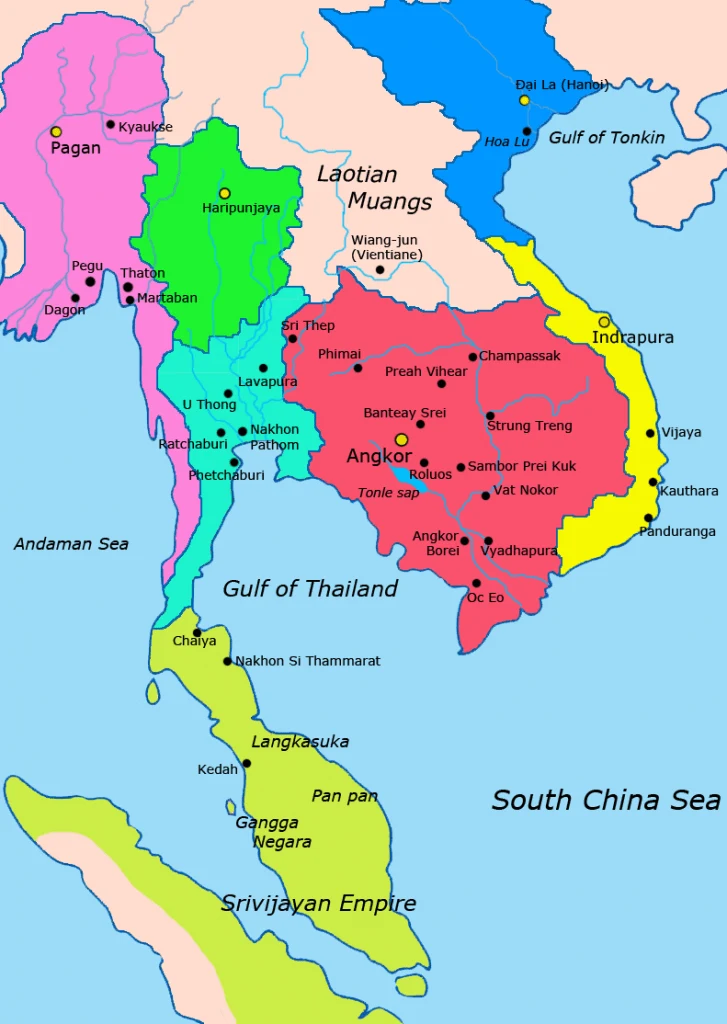
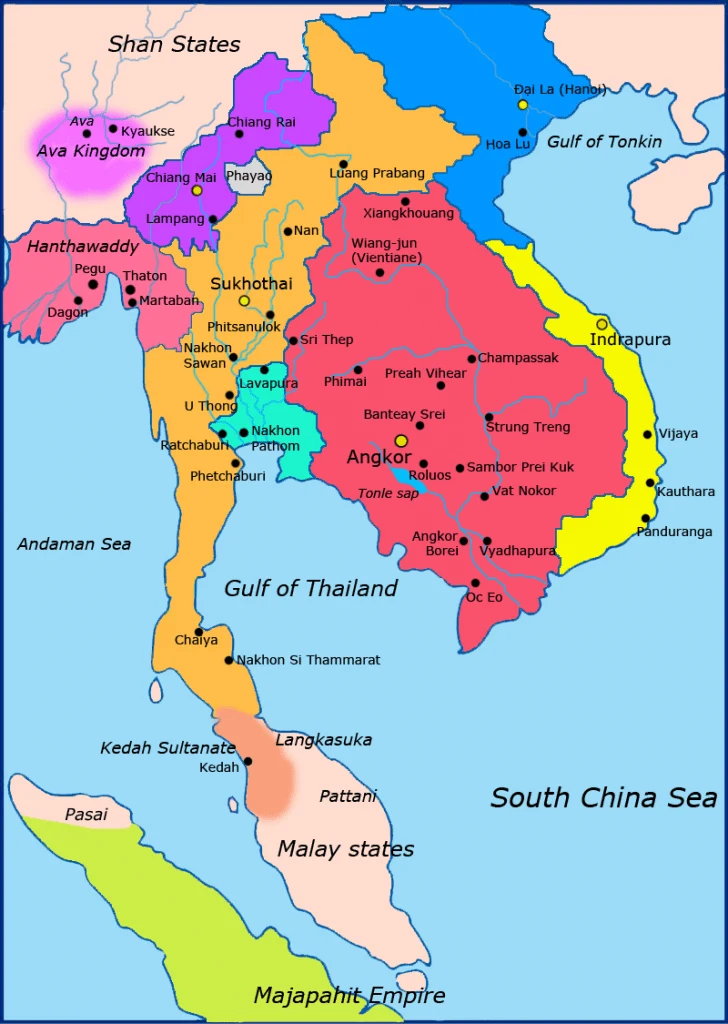
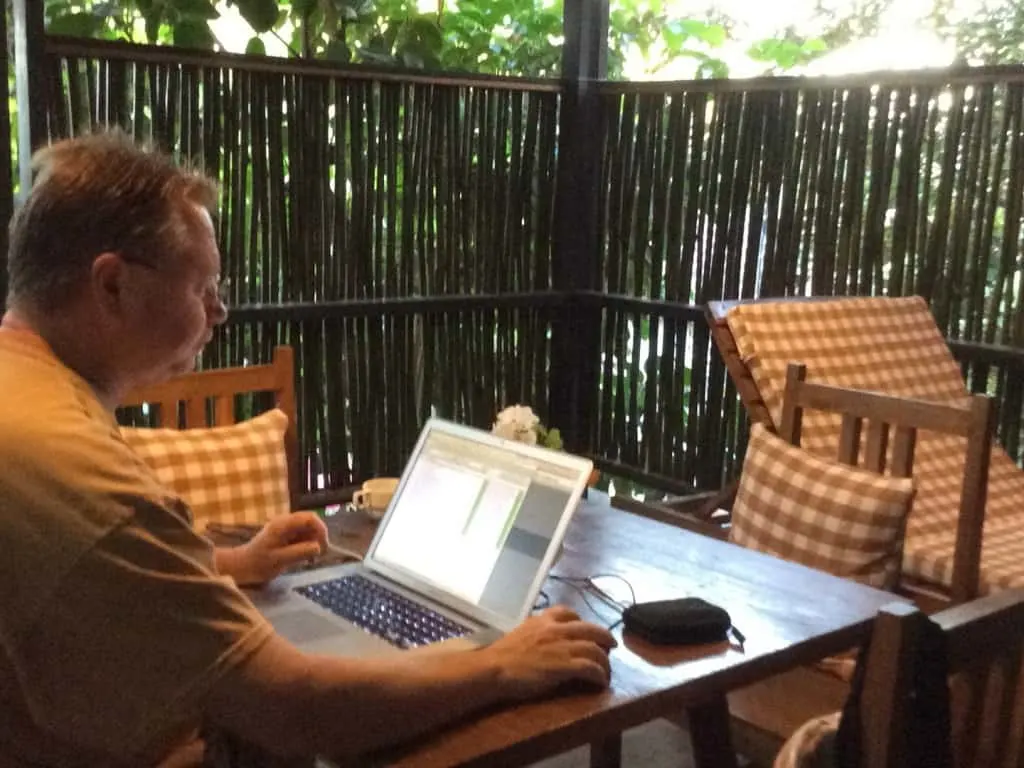
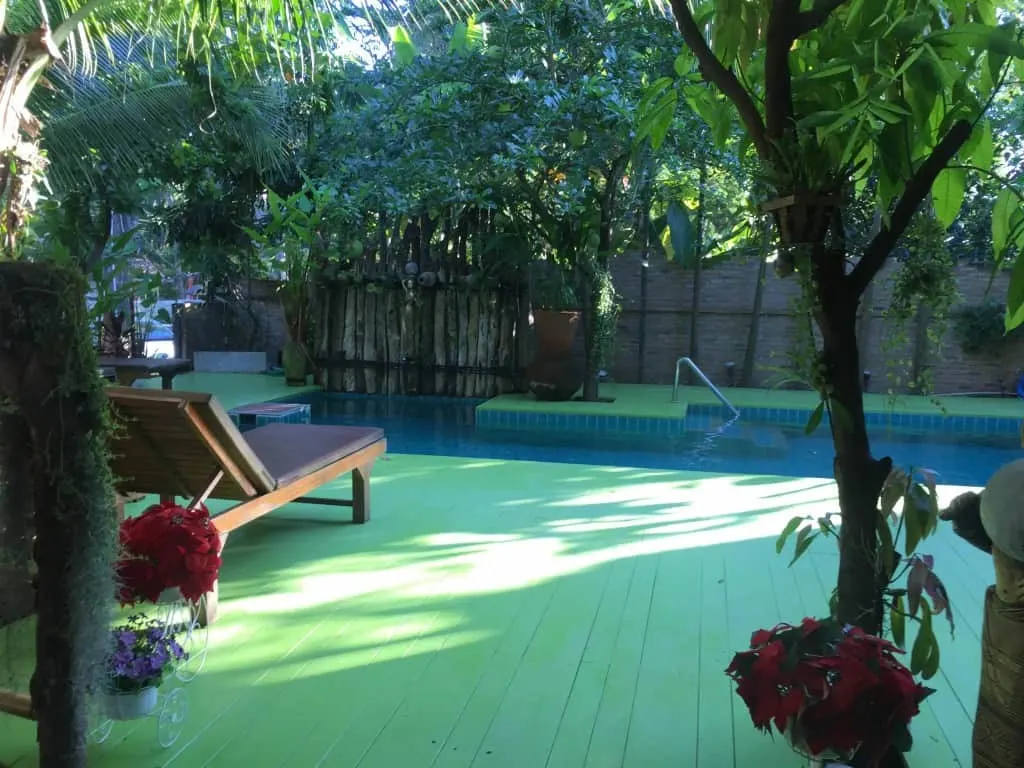
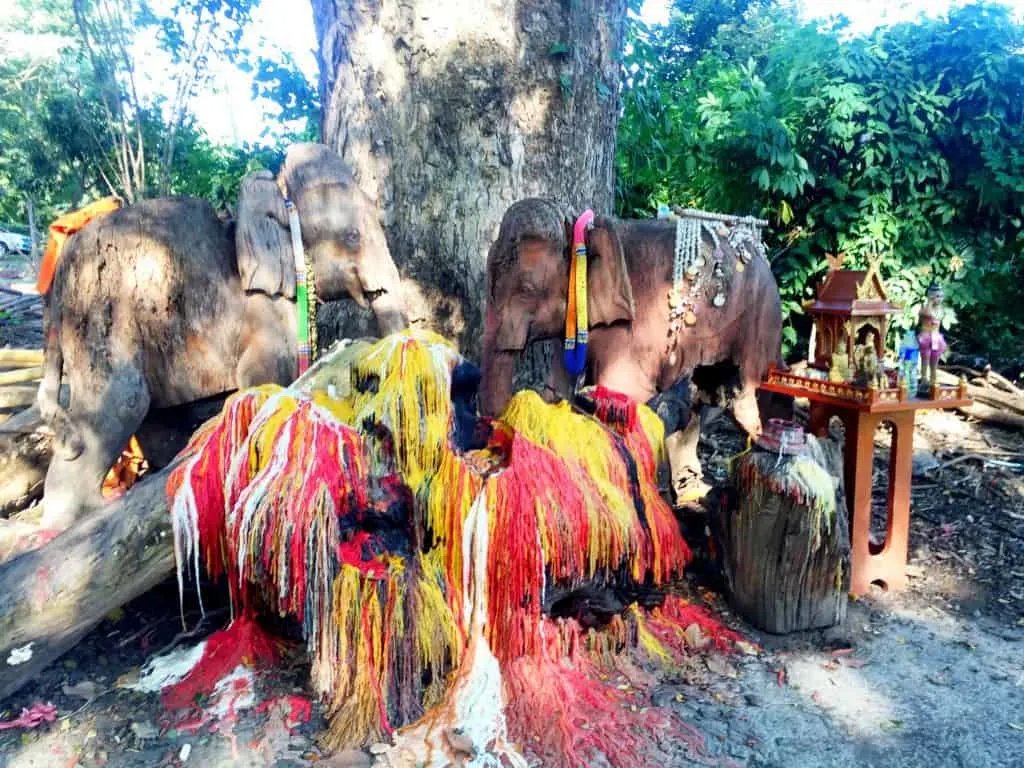
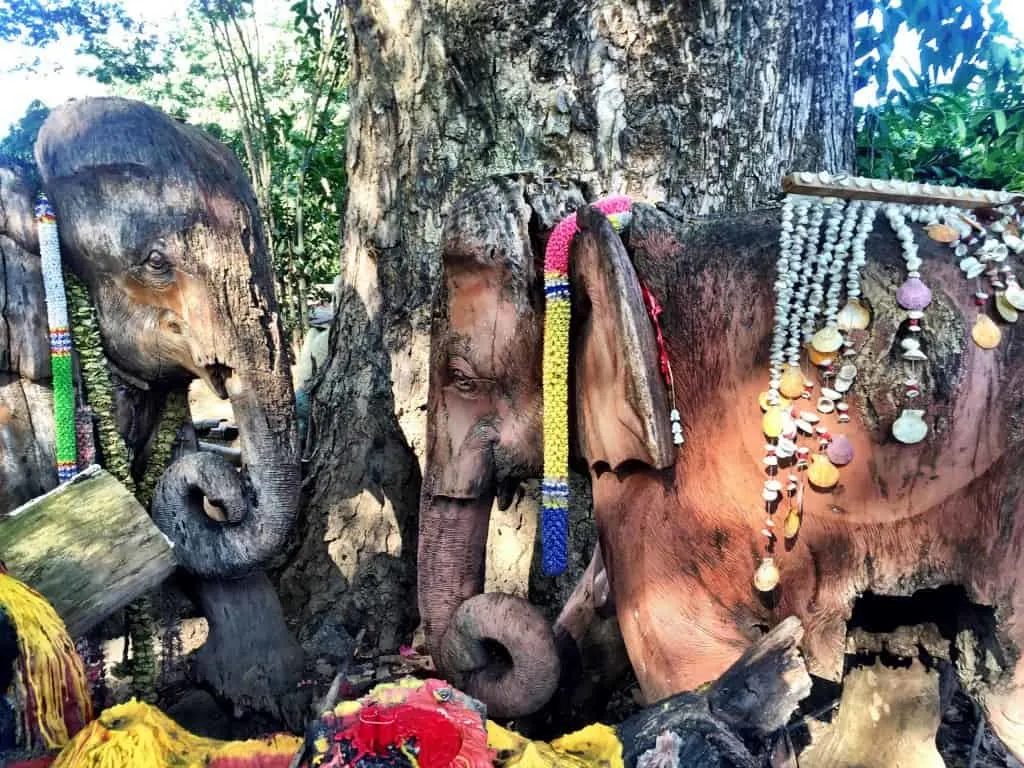
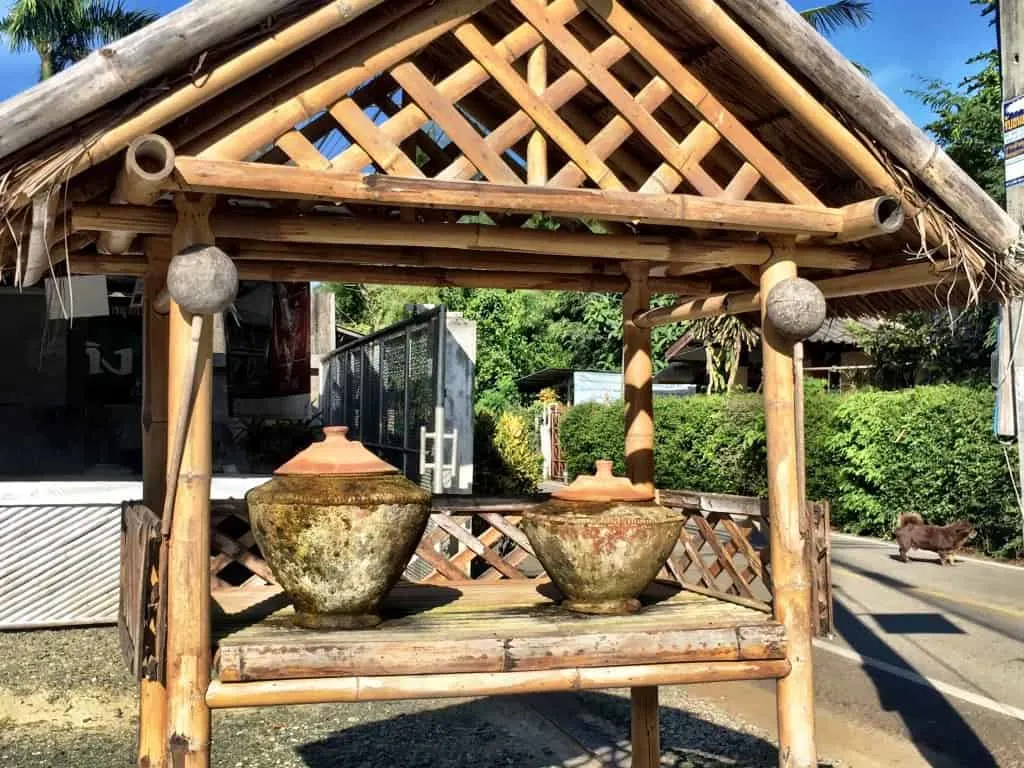
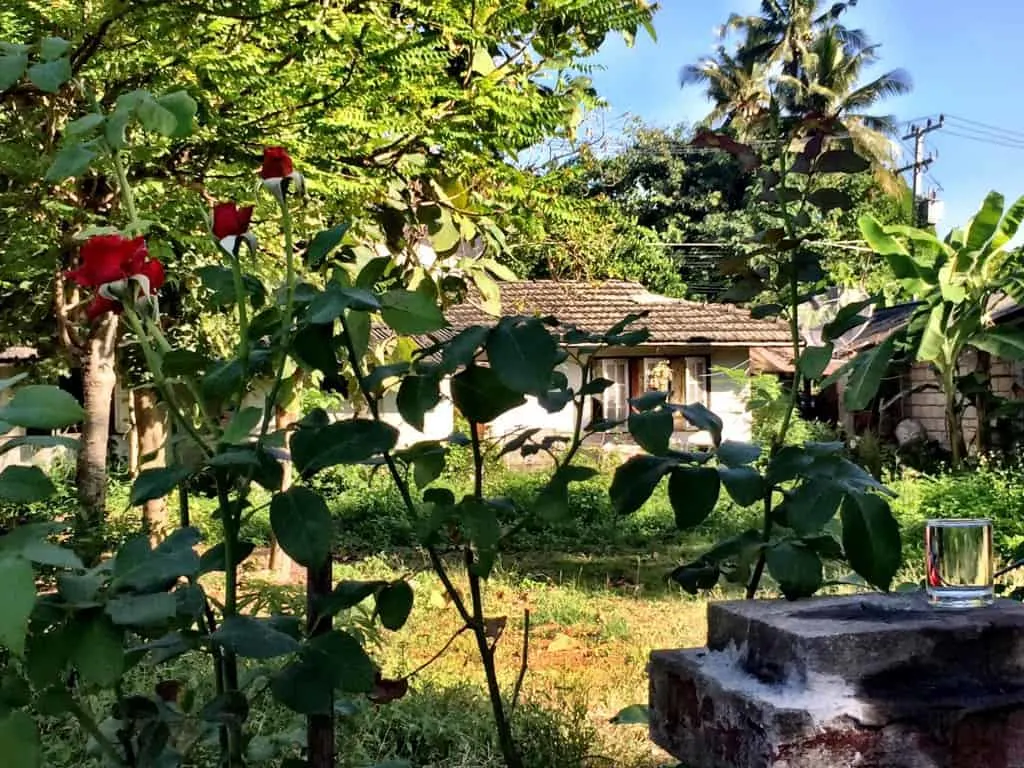
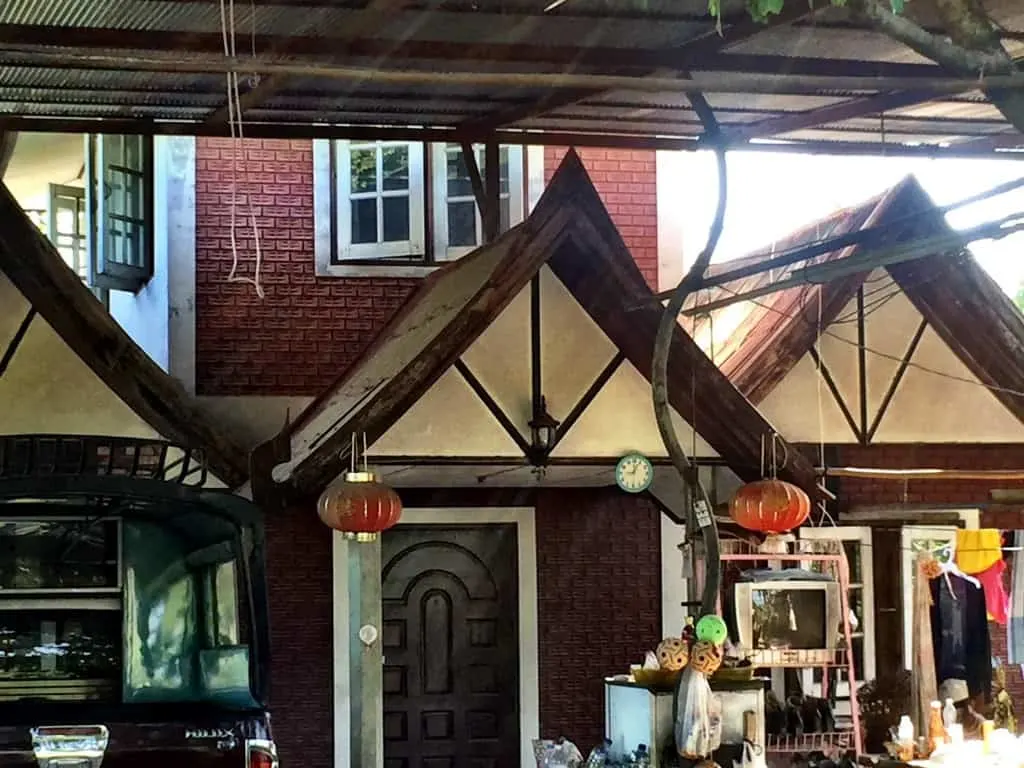
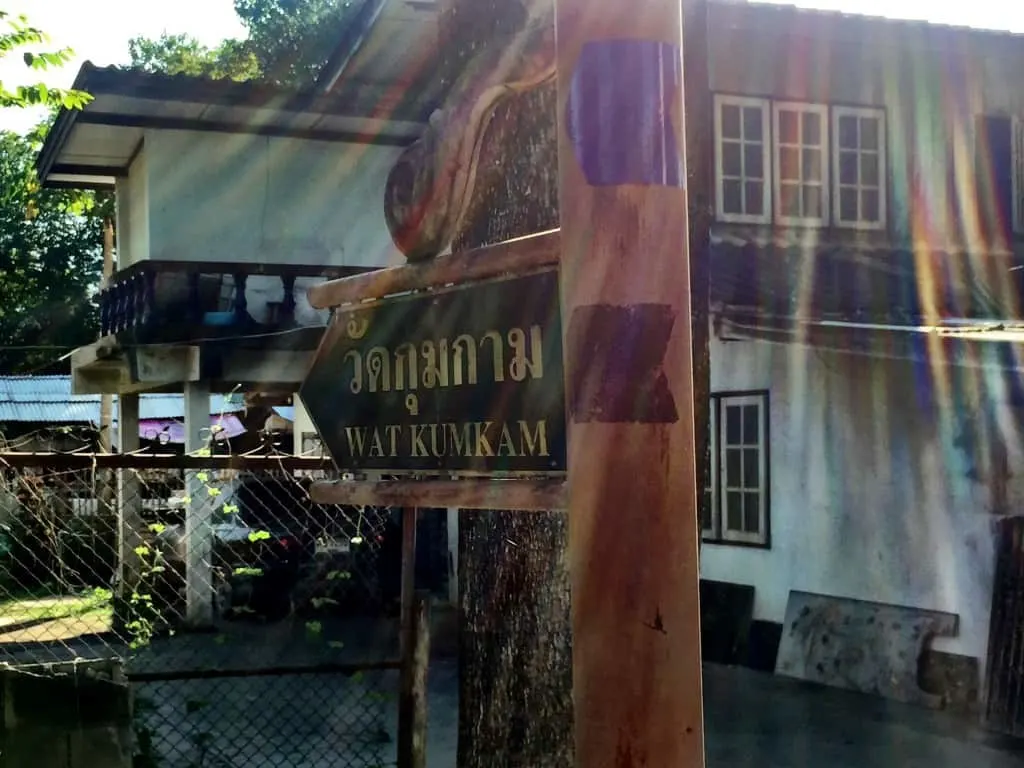
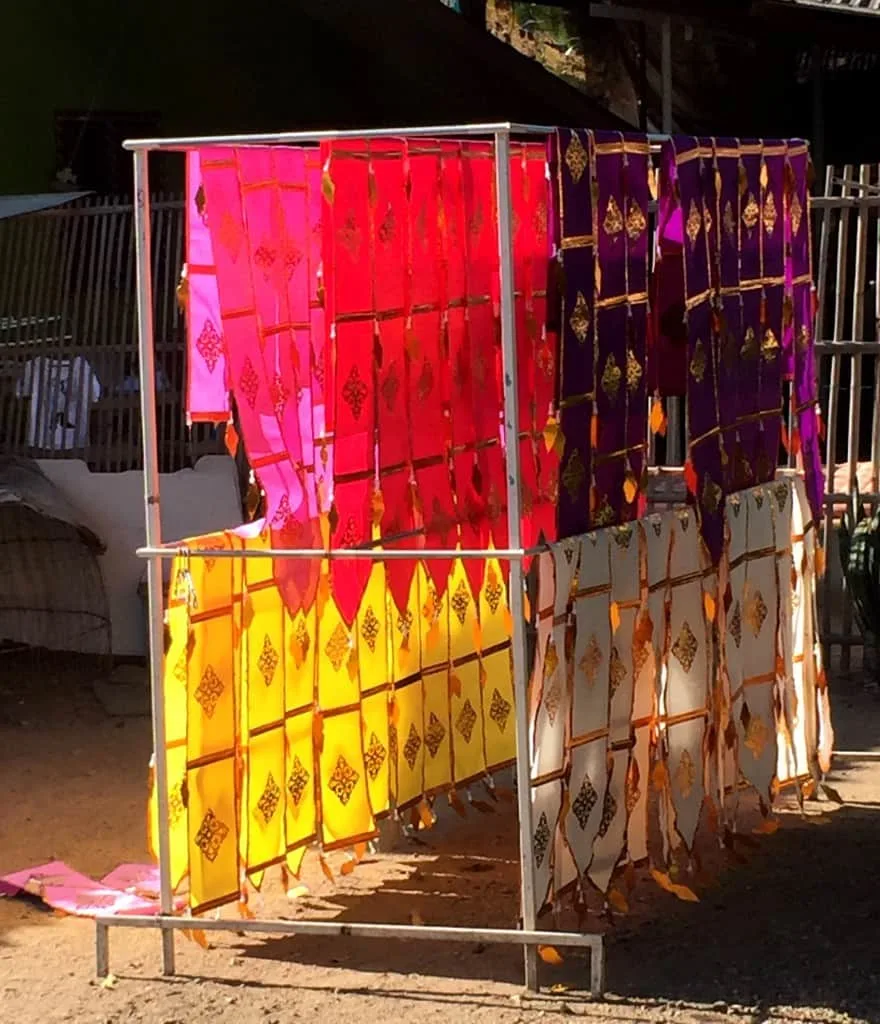
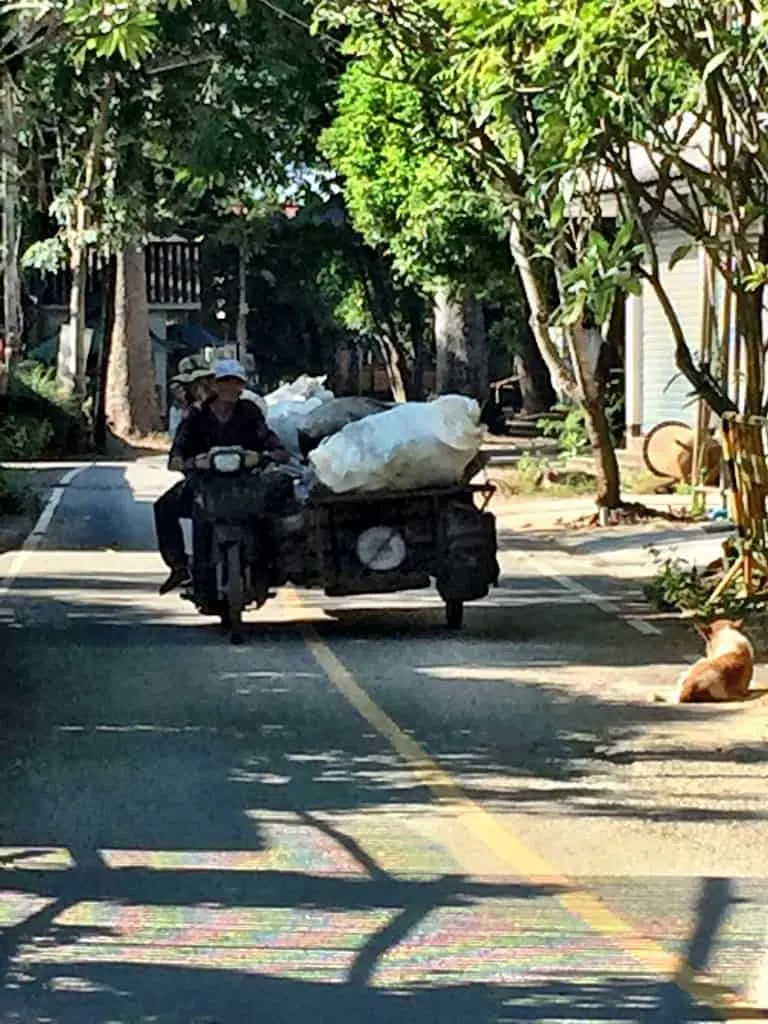

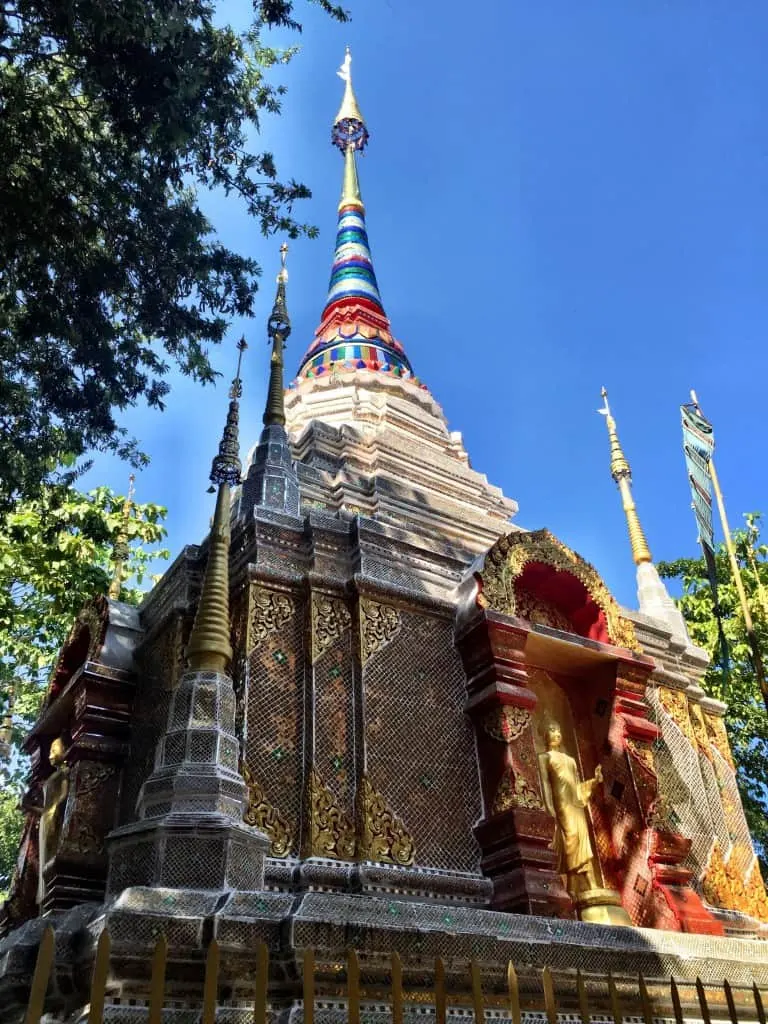
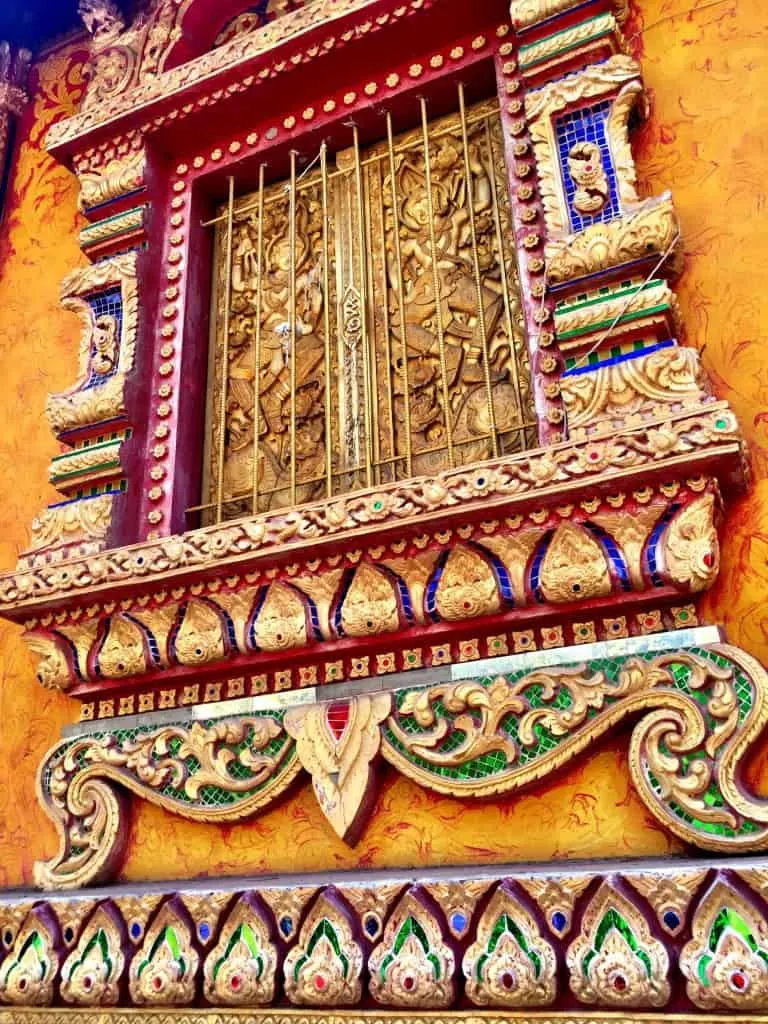


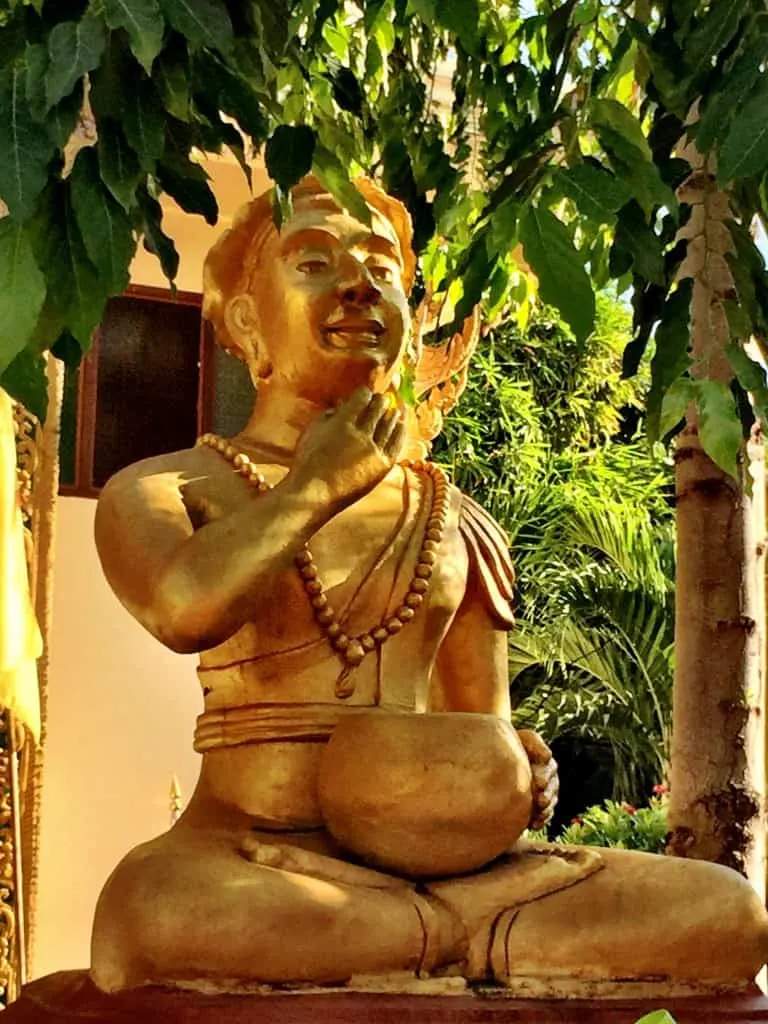
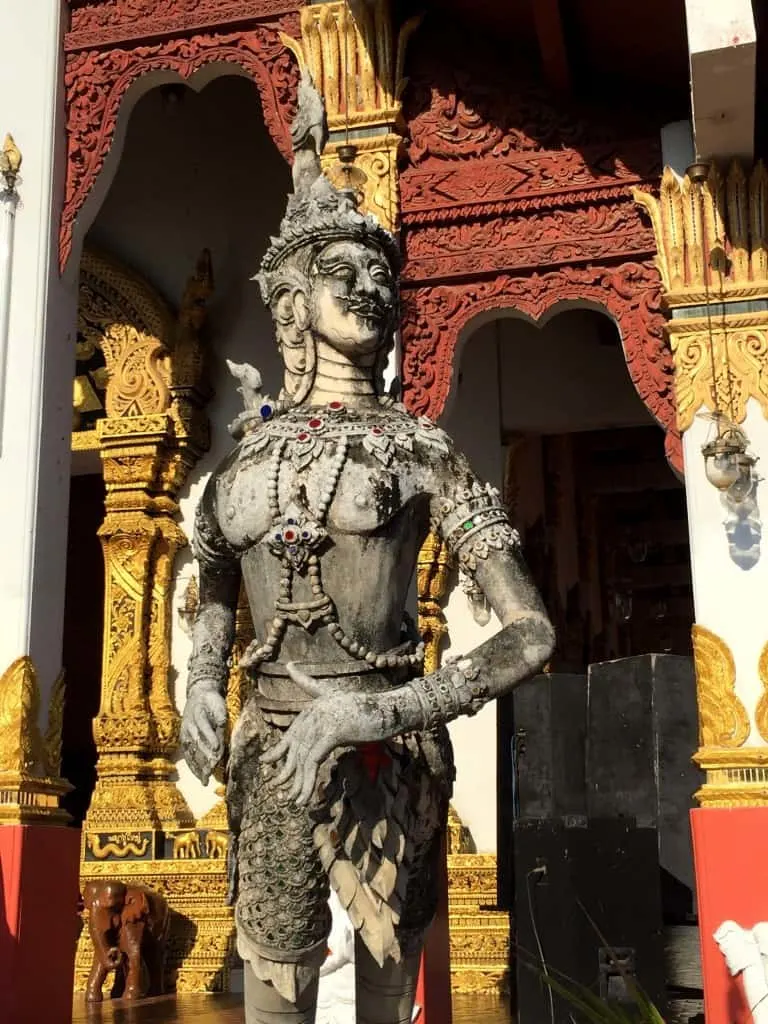
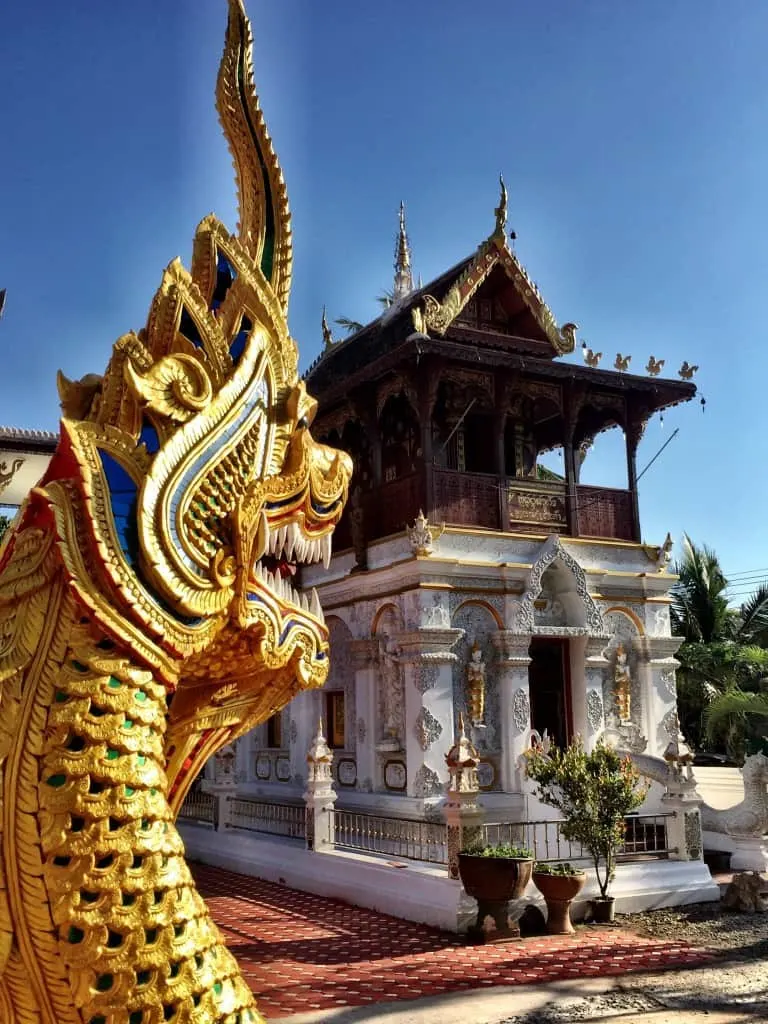
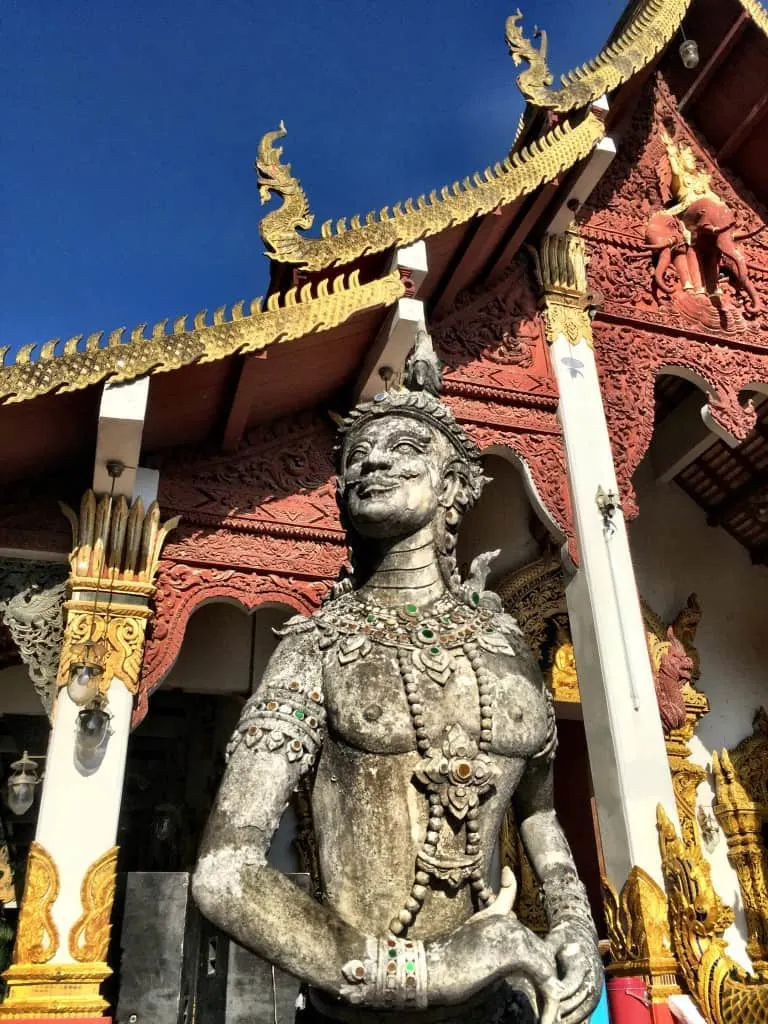
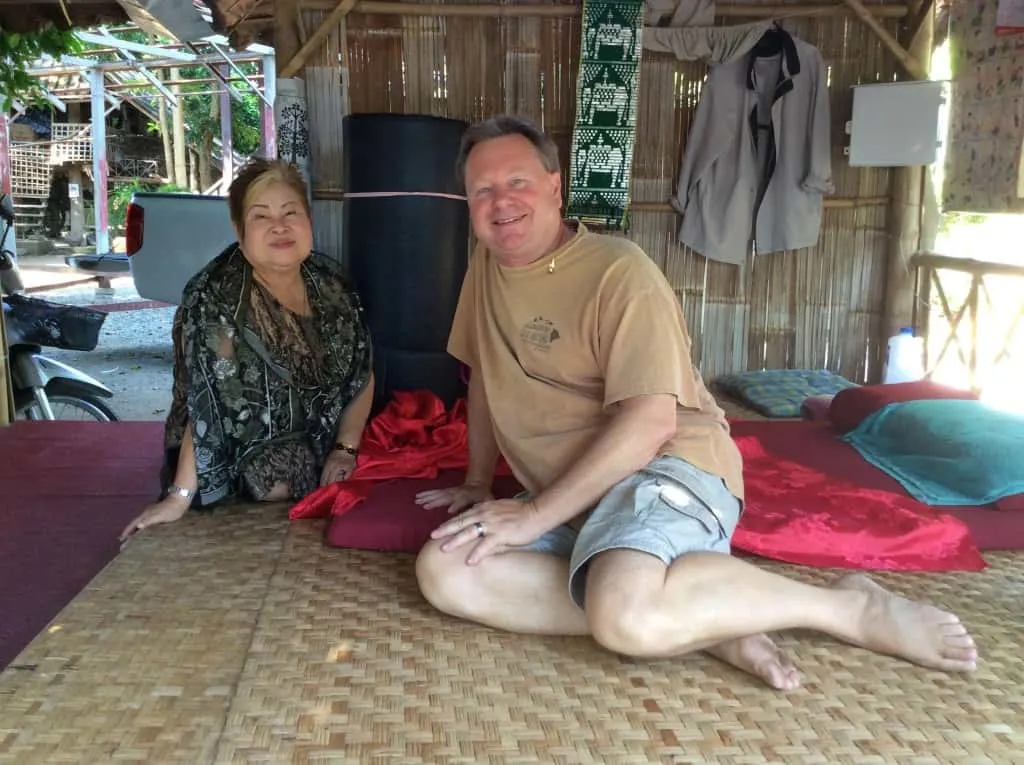
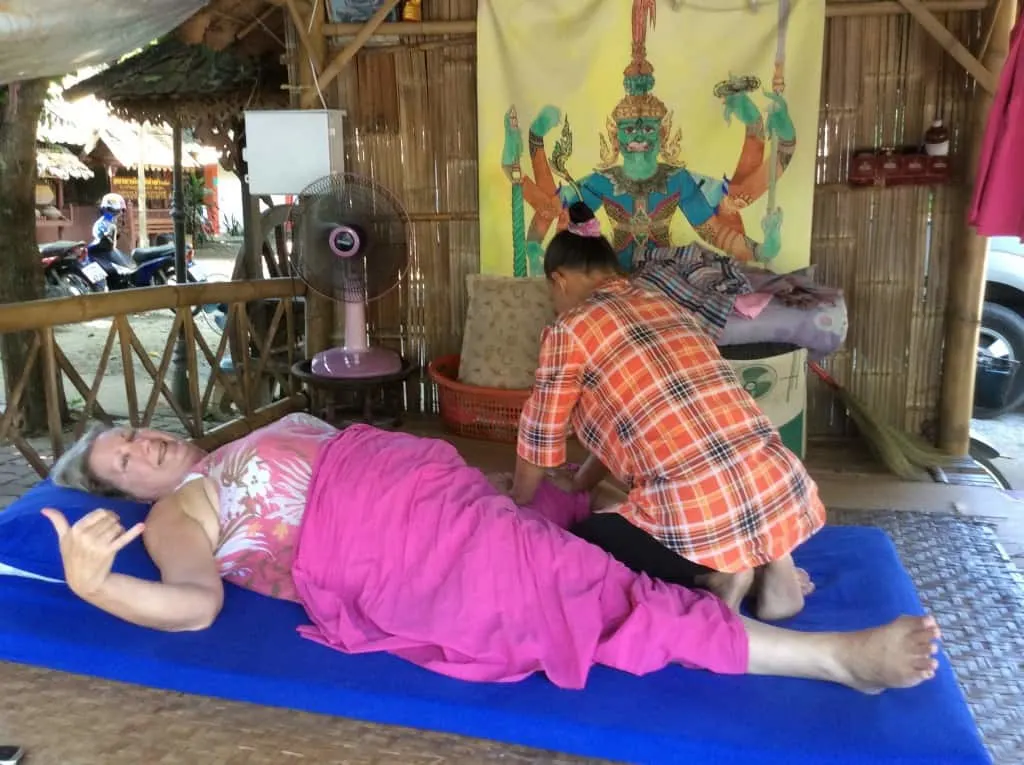

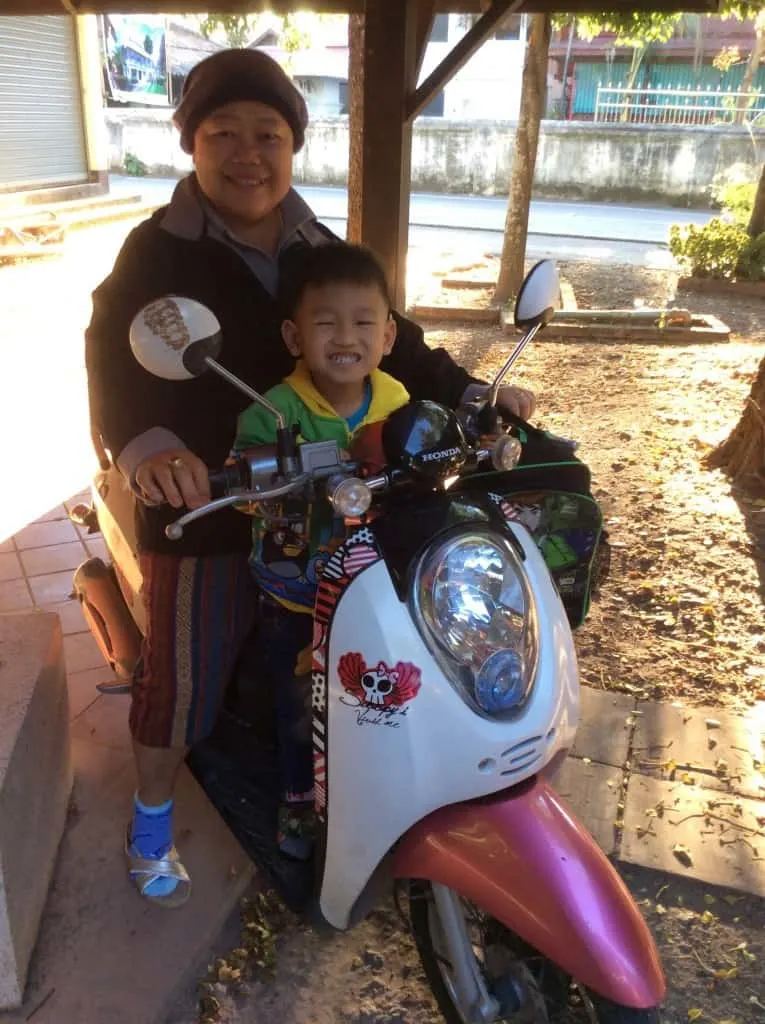
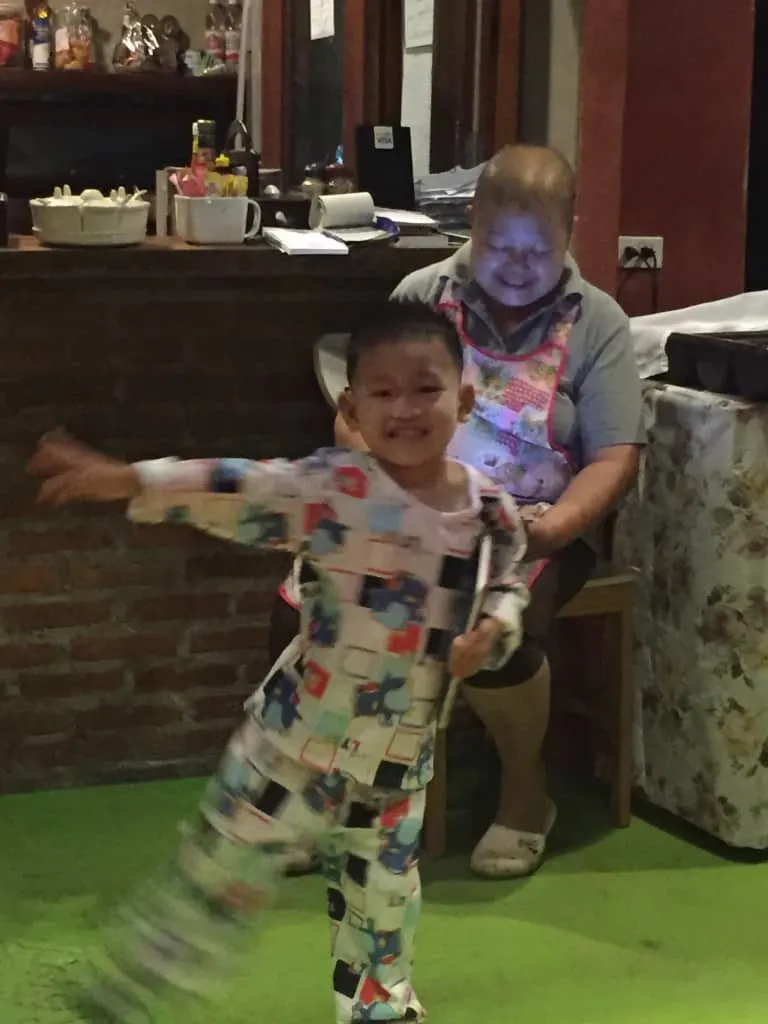
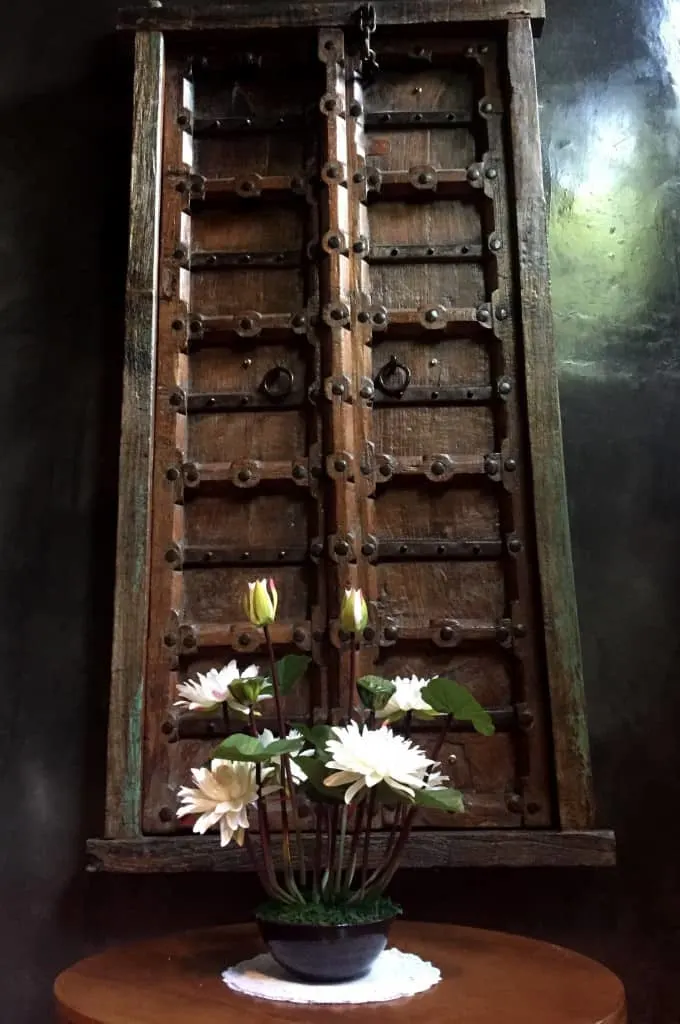
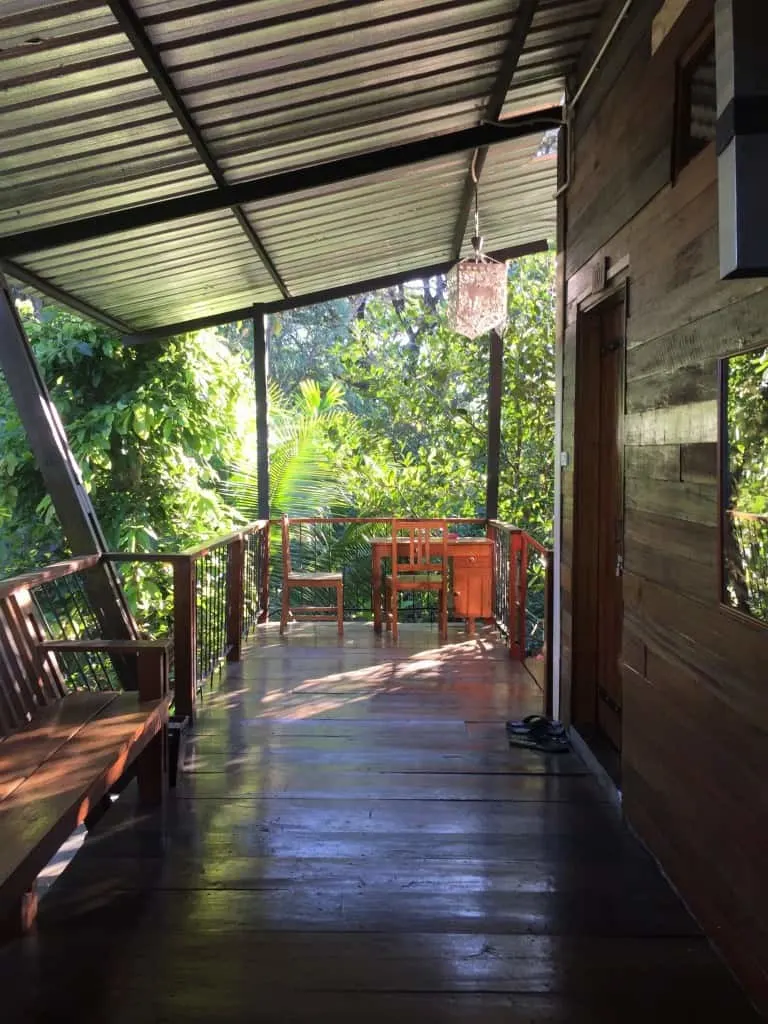
Tuk from The Gay Passport
Wednesday 6th of July 2016
So much detail about ancient Chiang Mai. Even as a Thai person I didnt know so much detailed history. Great article thank you for sharing :)
Betsy Wuebker
Wednesday 6th of July 2016
Hi Tuk - Glad you enjoyed it. Thanks!
Jan St
Saturday 20th of February 2016
Northern Thailand is definitely an amazing place, away from the crowds and chaos of BKK. Your photos are stunning too
Betsy Wuebker
Tuesday 23rd of February 2016
Hi Jan - We love Bangkok and would enjoy staying there any old time, but you're right, Northern Thailand is one of a kind.
Sagar Kole
Wednesday 10th of February 2016
Hey Betsy! Seems you had a really quite good tour at Northern Thailand, ultimately happiness is what we look for. probably everybody out there loves the Tuk Tuk ride, its just awesome ;-) Great to hear about something other than Chiang Mai. Keep posting... Cheers.!!!
Betsy Wuebker
Monday 15th of February 2016
Hi Sagar - Thank you so much! :)
Anita @ No Particular Place To Go
Saturday 6th of February 2016
The “lost city” of Wiang Kum Kam looks magical and I can see why you added extra days to your time there. We too have talked often about a visit to Thailand but our dream to visit there has faded over the years as we've heard more and more about the crush of people in Bangkok, the overflow of expats in Chiang Mai and the wild, extreme party scene which is definitely not for us. However your descriptions of Wiang Kum Kam have me thinking that straying from the beaten path would give us a fabulous travel experience and I'd love to get to the lost city before it gets found!
Cherri Megasko
Monday 1st of February 2016
Staying in the lost city sounds like the best of both worlds. Although Greg and I enjoy witnessing the madness of a historic celebration, we prefer not to stay in the midst of it. Staying just a tuk-tuk ride away would be the perfect compromise.